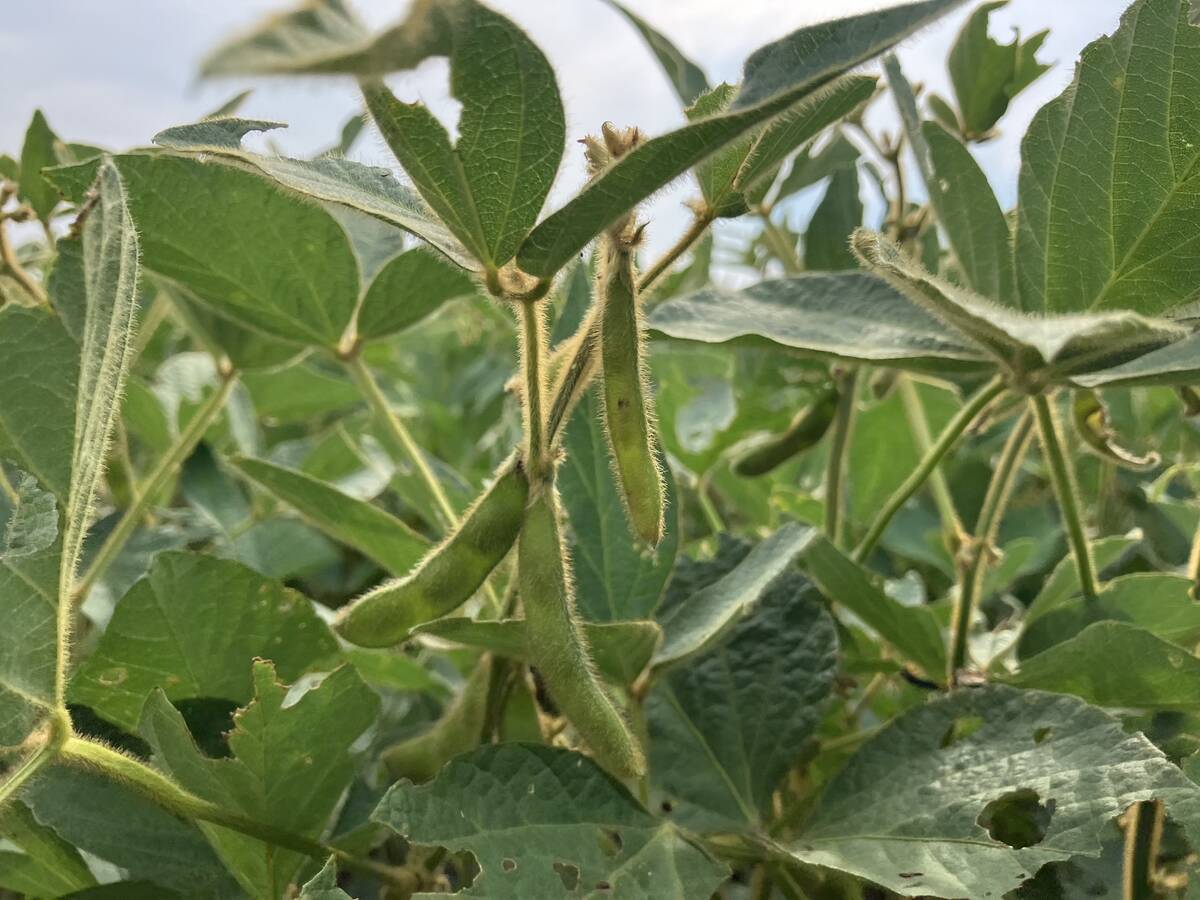Seems like some days we don’t know our left from our right – or do we?
The daily media were full of stories recently about efforts to unite the political right via some merger or partnership between the Canadian Alliance and Progressive Conservative federal parties.
Meanwhile Liberal Paul Martin, a virtual lock for party leader and the next prime minister of Canada, is considered by many political pundits to be right wing in a party traditionally considered left of centre. Precisely where that puts him on the spectrum is fodder for political scientists.
Read Also

U.S. soy farmers hold bad hand in rigged game
More tariffs, an unlimited peso bailout, a government shutdown, no plan for federal assistance — and farmers are holding a bad hand in a rigged game where the rules change every day.
Left wing, right wing or wing awound the collar -people love to define opinions and policies as a way of defining their world, thereby bringing perspective and order to that world.
And while federal political directions are part of the bigger picture, left and right labels are also fitted to smaller parts of the whole.
The agricultural media is one of those parts. The Western Producer has been accused, by turns, of being “too left wing” and “too right wing” in its approach to issues on its editorial pages. Some critics extend those labels to the news pages as well, and that’s where such suggestions deserve a hard look.
We had an opportunity to take that hard look last week, when we invited two speakers to discuss the left and right of agricultural news coverage.
Speaking for the left was former National Farmers Union president and farm activist Nettie Wiebe of Laura, Sask. Speaking for the right was former Western Canadian Wheat Growers Association executive director Alanna Koch, of Edenwold, Sask.
As we had hoped, the experience of these two women in the agricultural arena of Western Canada made for interesting talk.
And as we might have guessed, we found that descriptions of left and right, though useful in broad terms, are entirely too simplistic when we get down to the brass tacks of agricultural issue coverage.
When it comes to agriculture, is family farm versus corporate agriculture a more useful way of defining opposite ends of the spectrum? Or does that presuppose that family farms cannot be profitable corporations? Is it a newspaper’s job to present the views of the majority, if such can be determined, or is it more useful to present a balance of views on controversial issues?
Such complex questions are not answered in one morning of discussion, but having the opportunity to ask such well-versed individuals is one of the healthiest exercises we can undertake.















